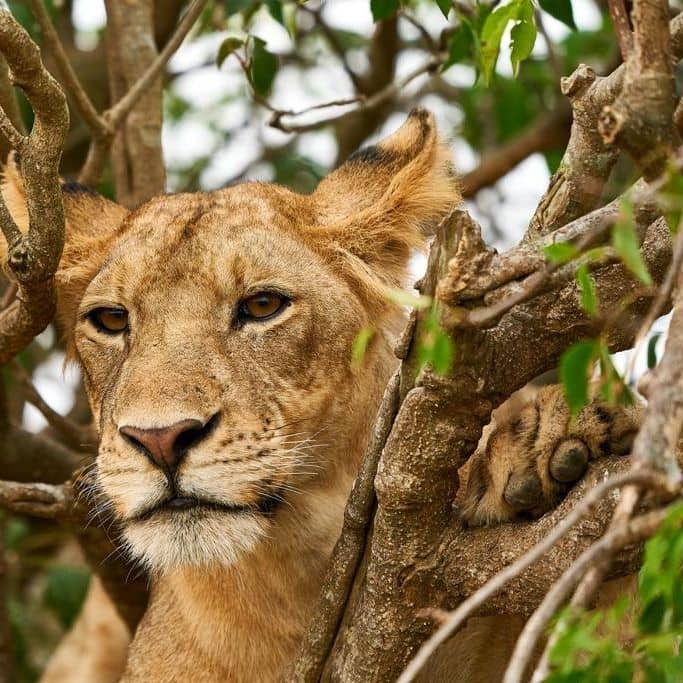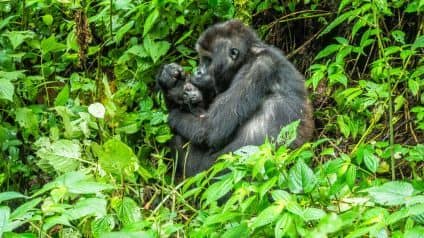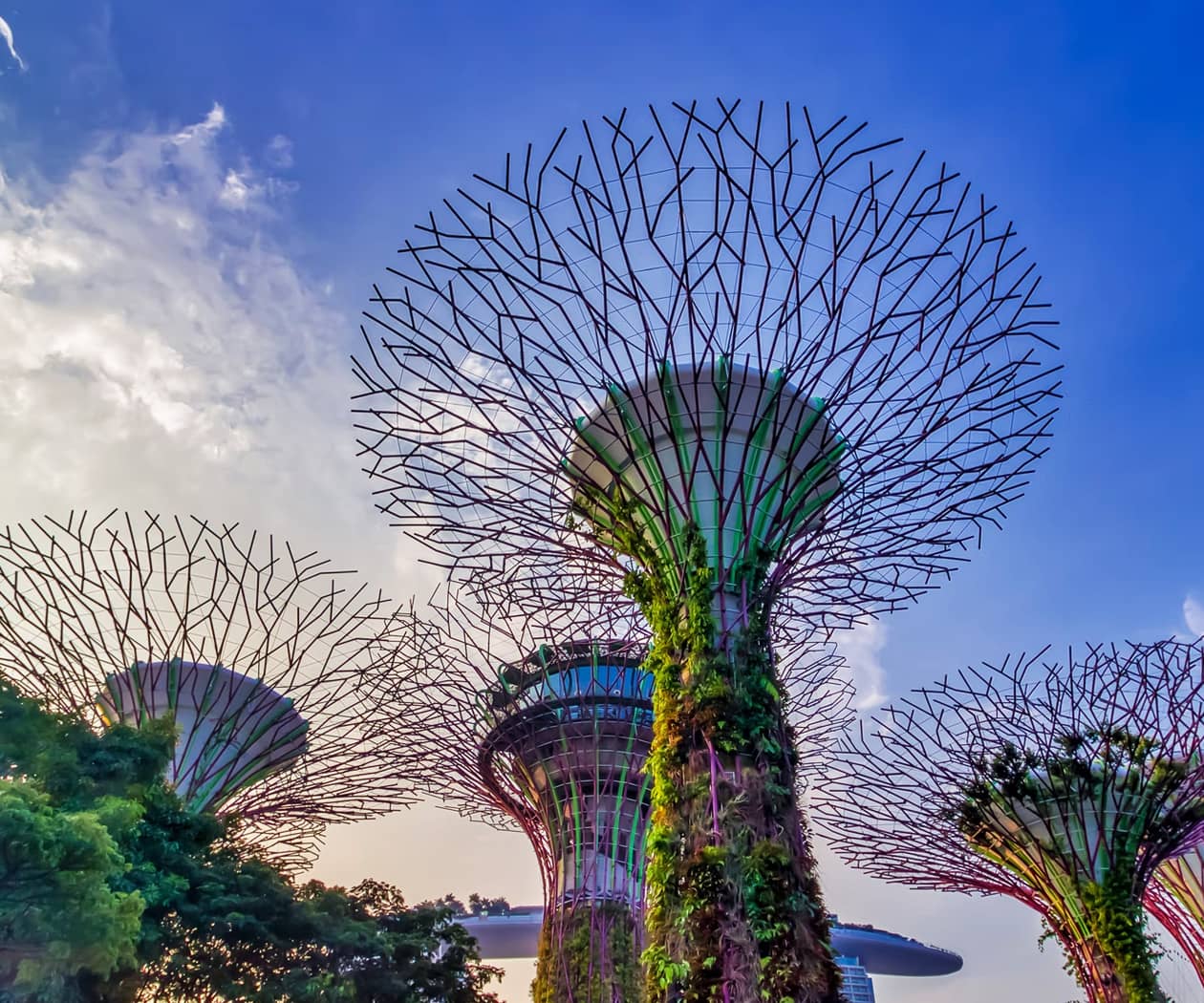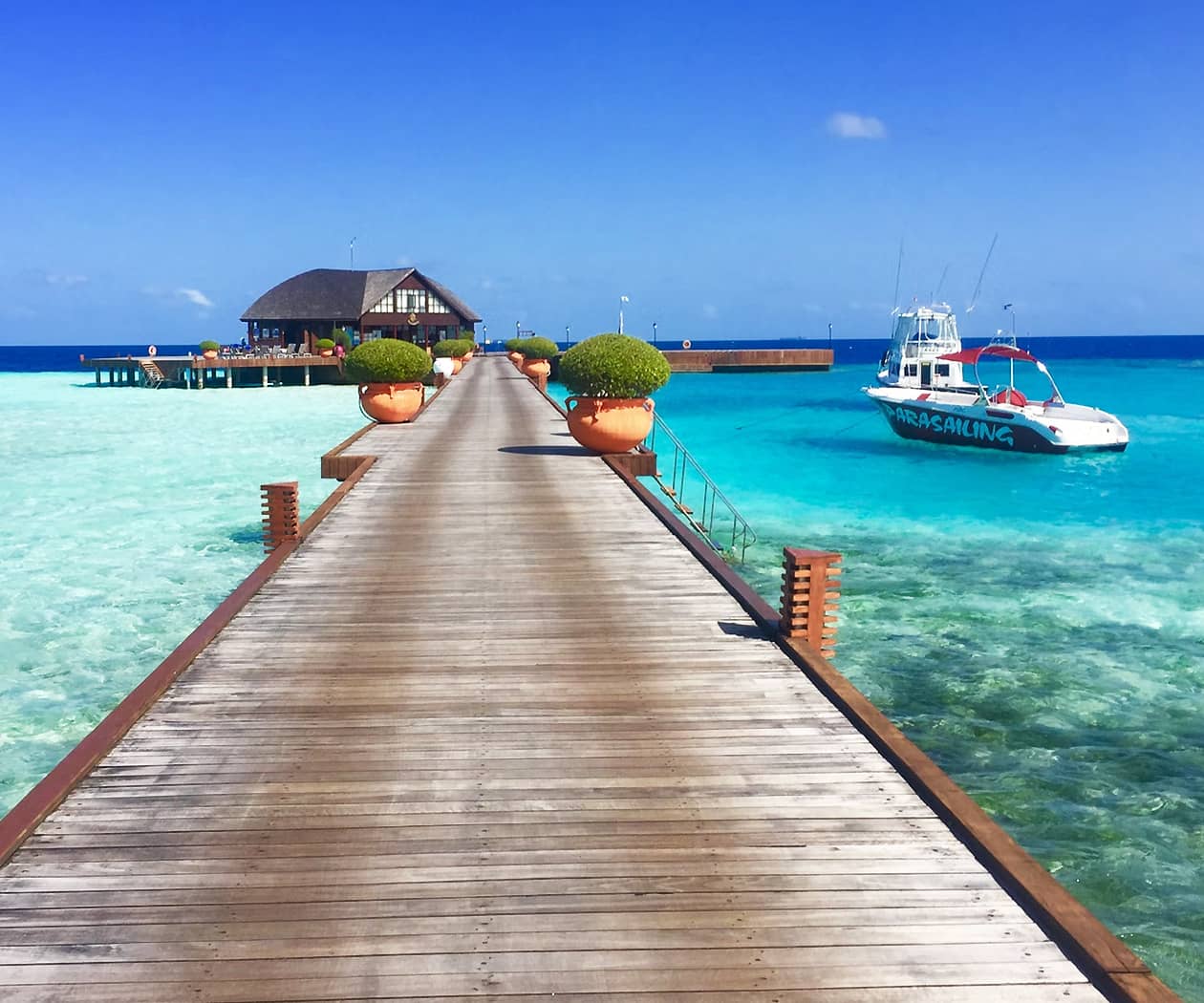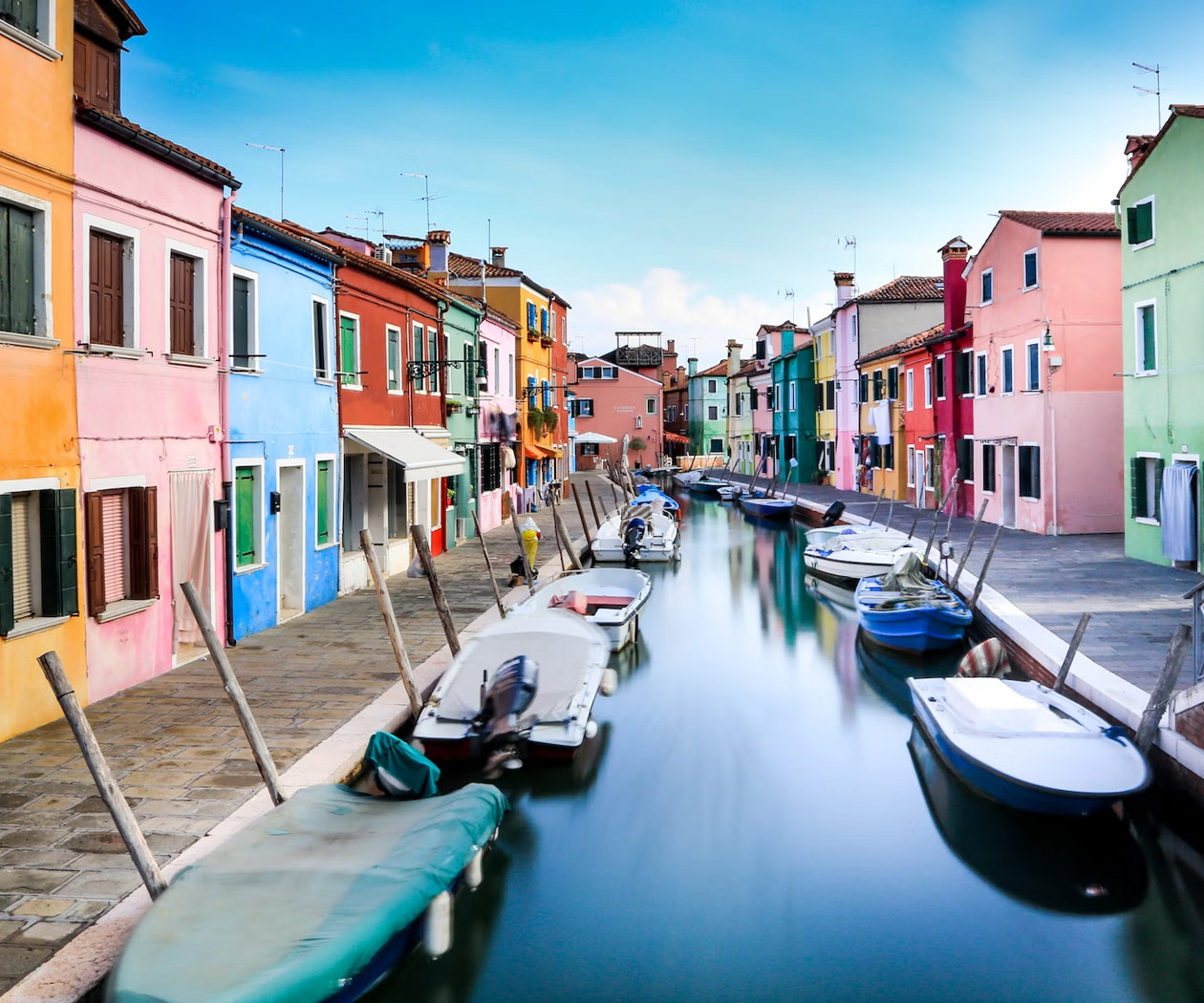Birding at Murchison Falls National Park

In the heart of Uganda, the mighty Nile River does the impossible: it compresses all its immense power through a mere seven-meter gap in the rock, exploding out in a thunderous plume of mist and rainbows. This is Murchison Falls, one of the world’s most dramatic natural wonders. And while visitors flock here to feel the spray of the falls and see the famous Big Five, a quieter, more colorful secret awaits birding enthusiasts.
This is your ultimate guide to Birding at Murchison Falls National Park. Beyond the roaring water and safari jeeps lies a world of incredible avian diversity, where the Nile River creates a lifeline for hundreds of spectacular species. We will explore the prime birding spots, reveal the key species to tick off your list, and provide all the practical tips you need for an unforgettable adventure. Prepare to discover why Birding at Murchison Falls National Park is a captivating journey through riverine forests, open savannas, and palm-dotted wetlands.
Why Murchison Falls is a Premier Birding Destination
Murchison Falls National Park, Uganda’s largest protected area, is a park of grand contrasts. The Nile River divides it into the northern and southern banks, each offering distinct habitats:
-
The Nile River: A magnet for waterbirds, offering unbeatable boat-based birding.
-
Borassus Palm Savannah: Iconic grasslands that host classic savanna species.
-
Riverine Forests: Lush galleries along the riverbanks providing shelter for forest birds.
-
Woodlands & Swamps: Diverse ecosystems that attract a wide range of specialists.
This variety explains the park’s impressive checklist of over 450 bird species. The opportunity for Birding at Murchison Falls National Park is defined by this easy access to multiple habitats, all within a short drive or boat ride.
Prime Birding Locations & Their Star Species
To maximize your success, focus your time on these specific areas within the park.
1. The Nile River & Delta: The Waterbird Spectacle
The boat trip from Paraa to the base of the falls is arguably one of the finest birding experiences in Africa. As you cruise along the river, the banks are lined with constant avian activity.
-
Key Species to Spot: The prehistoric Shoebill Stork (often seen in the Delta area), Goliath Heron (the world’s largest heron), Red-throated Bee-eater (a stunning riverside nester), Rock Pratincole (nesting on rocks right beside the raging falls), Saddle-billed Stork, African Skimmer, and Pied Kingfisher.
-
Experience: This relaxing cruise offers unparalleled, close-up views of birds that are difficult to approach on land. The sheer concentration of life is breathtaking.
2. The Albert Delta & Lake Albert Flats: Shoebill Central
This vast papyrus swamp at the mouth of the Victoria Nile is the park’s most famous spot for locating the elusive Shoebill. A dedicated canoe trip here is a must for any serious birder.
-
Key Species to Spot: Shoebill Stork, Papyrus Gonolek, White-winged Warbler, Black-headed Gonolek, and Swamp Flycatcher.
-
Experience: A silent canoe gliding through narrow papyrus channels creates an intimate and thrilling sense of adventure, straight out of a safari dream.
3. The Buligi Game Tracks & Savannah Grasslands
The open savanna north of the Nile is perfect for combining classic game drives with productive birding. The Borassus palm trees are particularly good for spotting raptors and other perching birds.
-
Key Species to Spot: Secretary Bird, Abyssinian Ground-Hornbill, Denham’s Bustard, Black-bellied Bustard, Silverbird, Northern Red Bishop, and raptors like the Bateleur, Ruppell’s Griffon Vulture, and Pygmy Falcon.
-
Experience: This is classic African birding from your vehicle. Your driver-guide will help you scan the grasses and treetops for both large mammals and well-camouflaged birds.
4. Rabongo Forest & Kaniyo Pabidi
These beautiful riverine forests offer a cool, shaded respite from the savanna heat and host a completely different community of birds.
-
Key Species to Spot: Chocolate-backed Kingfisher, White-thighed Hornbill, Puvell’s Illadopsis, Ituri Batis, and a variety of woodpeckers, barbets, and greenbuls.
-
Experience: Birding here is done on quiet forest walks, listening for calls and searching the middle canopy for movement. It’s a peaceful and rewarding change of pace.
Practical Tips for Birding at Murchison Falls National Park
-
Best Time to Visit: The best time for Birding at Murchison Falls National Park is during the dry seasons (December to February and June to August). During this time, birds are more concentrated around water sources, and the roads are more accessible. However, birding is rewarding year-round.
-
Hire a Specialist Bird Guide: The services of a knowledgeable bird guide are invaluable. They know the specific territories of key species like the Shoebill and can identify a bird from a single call or a fleeting glimpse, dramatically increasing your sightings.
-
What to Pack:
-
Binoculars (Non-negotiable): A good pair (8×42 or 10×42) is essential.
-
Field Guide: Carry a reference book like “Birds of East Africa.”
-
Camera with a Zoom Lens: You’ll want at least a 300mm lens for good wildlife photos.
-
Sun Hat, Sunscreen, and Light Clothing: It can get very hot during the day.
-
Rain Jacket: Be prepared for sudden showers, especially in the afternoon.
-
-
Take Your Time: The park is vast. Don’t rush your game drives. The best sightings often come to those who wait and observe patiently.
A Symphony of Sight and Sound
The experience of Birding at Murchison Falls National Park is one of profound contrast. It is the serene silence of a morning canoe trip, broken only by the call of a fish eagle, juxtaposed with the raw, thunderous power of the falls themselves. It is the thrill of tracking a rare Shoebill and the simple joy of watching a hundred red-throated bee-eaters flit around their nesting colonies.
It is, without a doubt, a complete and utterly rewarding safari destination that satisfies every wildlife lover’s dream.
Ready to explore the avian wonders of the Nile? Which of these incredible birds are you most excited to see? Share your thoughts in the comments below!


